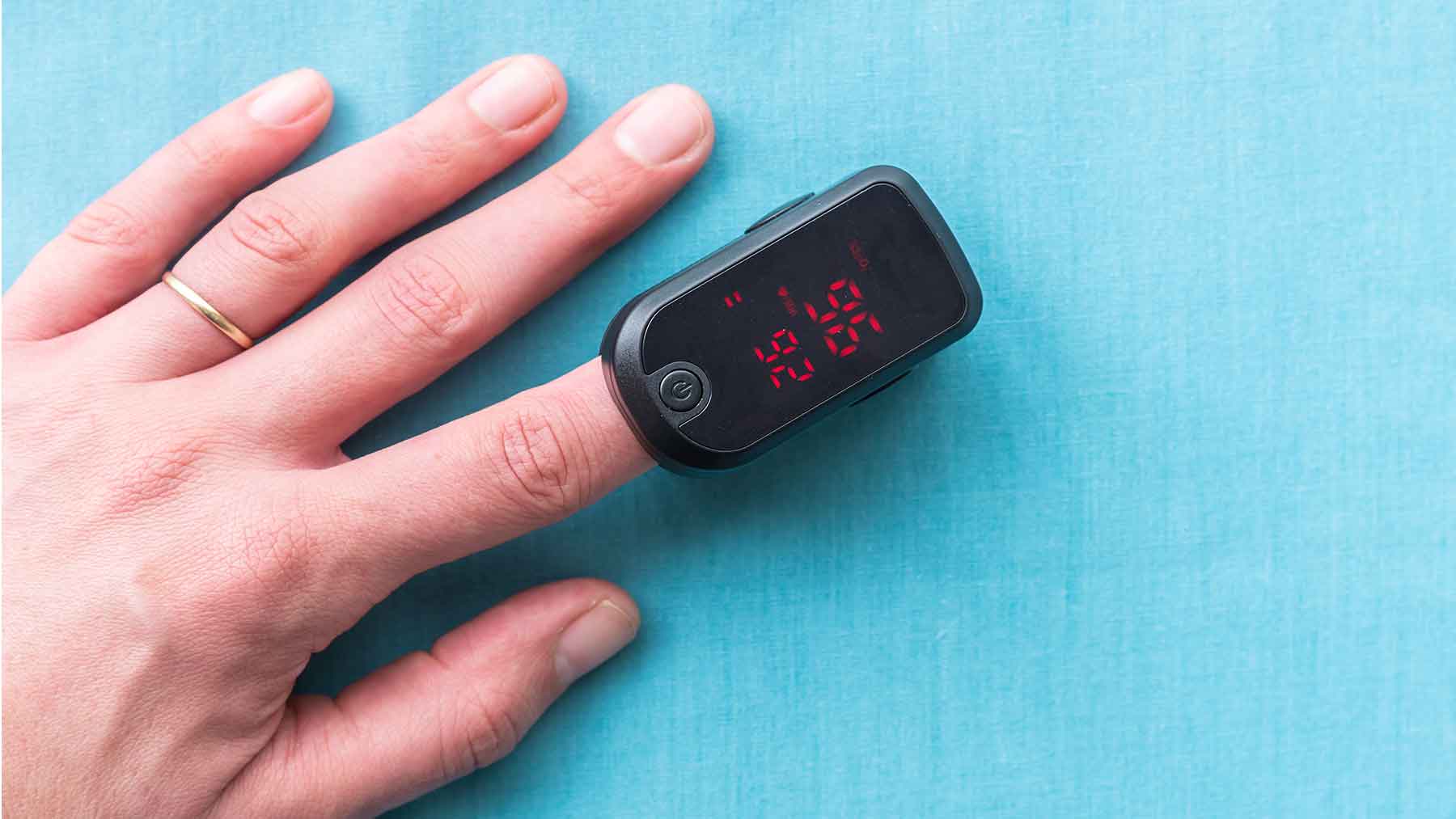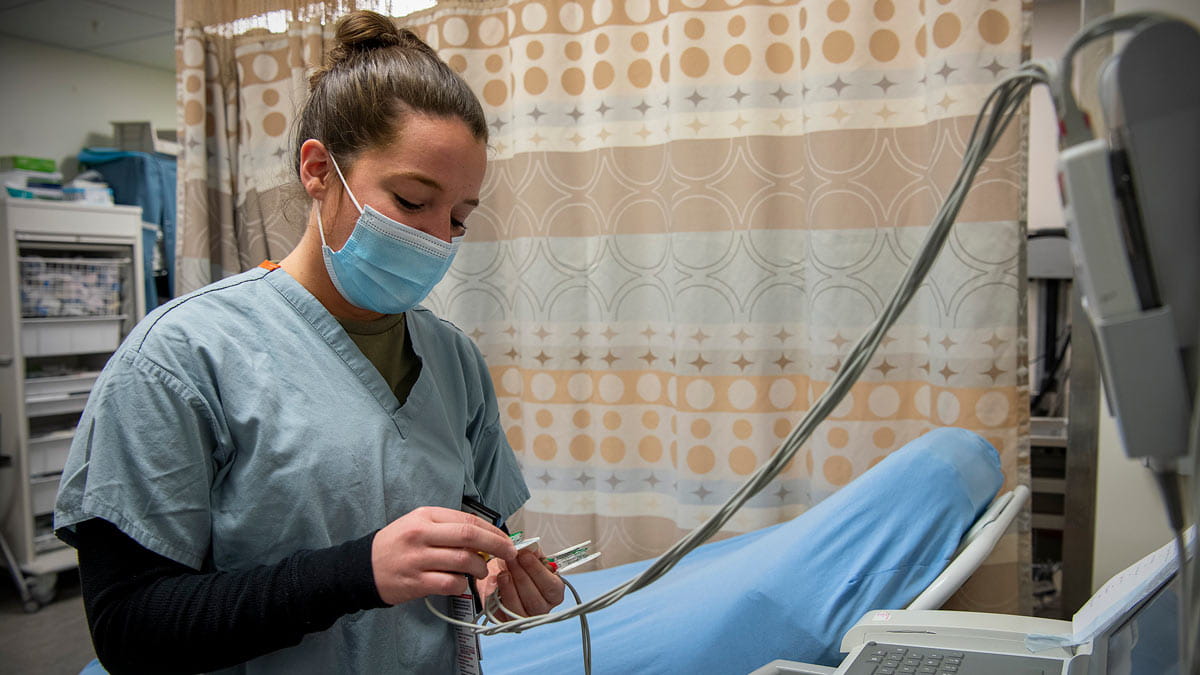Should you buy a pulse oximeter?

Editor’s note: As what we know about COVID-19 evolves, so could the information contained in this story. Find our most recent COVID-19 blog posts here, and learn the latest in COVID-19 prevention at the Centers for Disease Control and Prevention.
The spread of COVID-19 caused a sharp spike in the sale of pulse oximeters, those little electronic devices we slip onto your finger when you’re at the hospital. A pulse oximeter measures the saturation of oxygen in your red blood cells by shining light through your fingertip and reading how much is absorbed, with a normal range usually between 95 and 100.
It’s a handy little device that tells us something about how your body is functioning. But if you, like countless panicked Americans, are considering buying one for home use, I recommend you save your money. Here’s why.
You probably don’t need one.
There are times when home monitoring is necessary, and patients who have significant chronic lung disease or are dependent on oxygen should be tracking their levels. But this is part of their greater plan of care supervised by a doctor.
While a pulse oximeter may help you feel some measure of control over your health—it’s a number you can look at and understand fairly easily—it doesn’t tell a complete story.
Your pulse oximetry levels don’t always correlate with your level of illness.
There are plenty of people who feel terrible despite excellent pulse oximetry levels. The reverse is true as well. At the hospital, we don’t use a pulse oximeter as the only measure of health, and neither should you.
Pay the most attention to your symptoms: Are you feeling severely ill? Struggling to breathe? Seek medical attention no matter what your finger is telling you.
That said, certain pulse oximetry levels can be cause for concern. If you have a pulse oximeter and find your numbers dipping below 90, you should probably be seen by a doctor.
You’ll spend way too much time staring at that number.
I typically don’t give pulse oximeters to my patients because it’s too easy to fixate on them. Some keep logs of their levels and draw graphs and chart changes that really aren’t relevant to their overall health. If you tell me your oxygen level is usually 97 but now it’s at 93, what does that mean? In a vacuum, nothing. As I said before, this is just one measure of your health, and we need to know a lot more to determine what may be happening.
Trust me, I understand the desire to have control over our bodies at a time when COVID-19 is challenging a lot of assumptions we had about our health. But your best course of action is to limit your exposure and pay attention to how you’re feeling. Talk to your doctor if you think you’re experiencing symptoms. Leave the pulse oximeters on the shelves.
Jonathan Parsons is a pulmonologist at The Ohio State University Wexner Medical Center and director of the Ohio State Asthma Center. He’s also a professor at The Ohio State University College of Medicine and serves as executive vice chair of Clinical Affairs in the Department of Internal Medicine.




